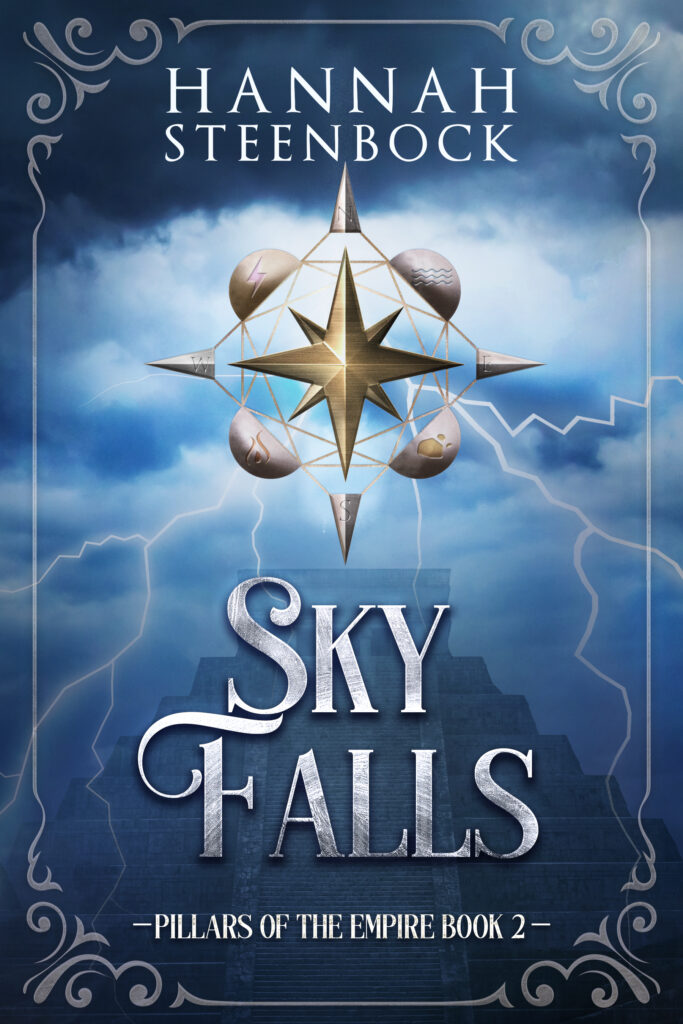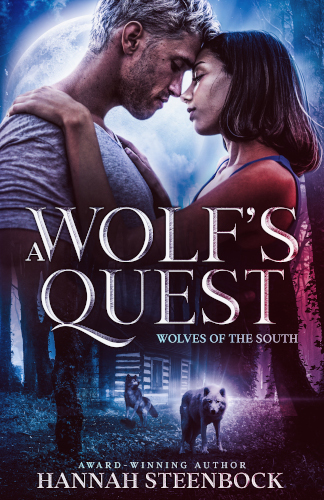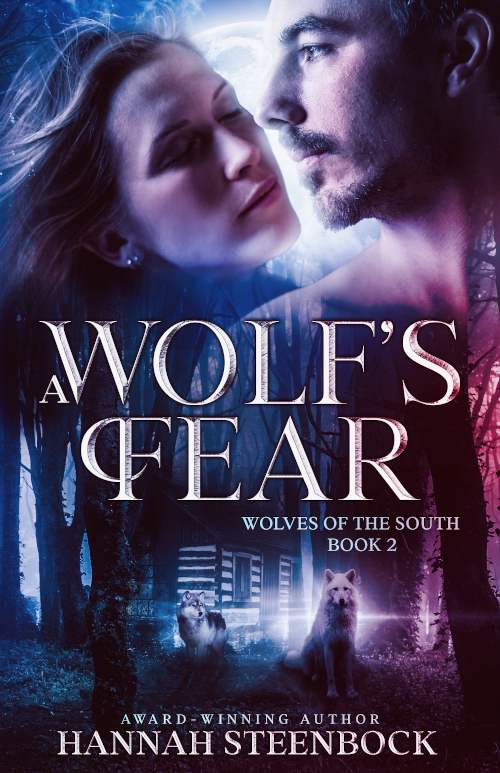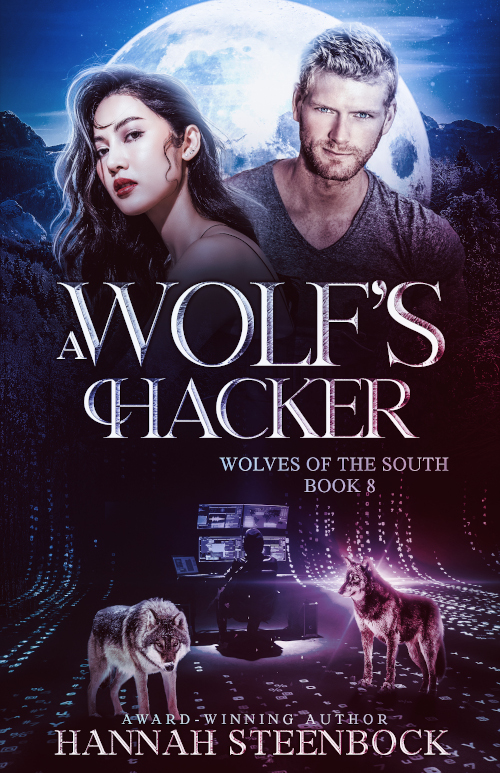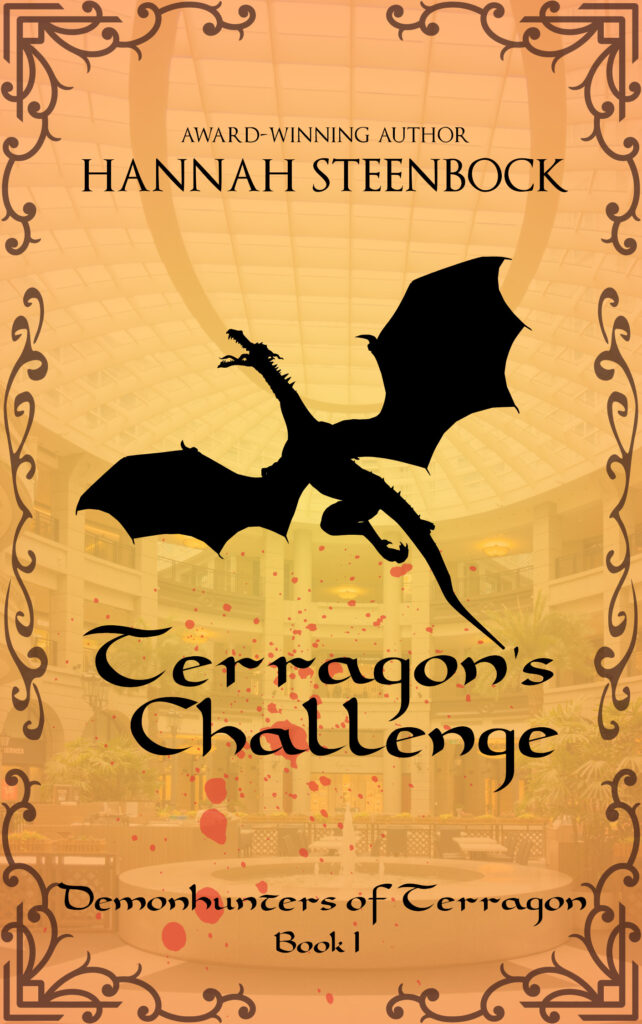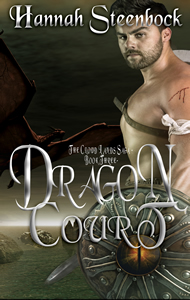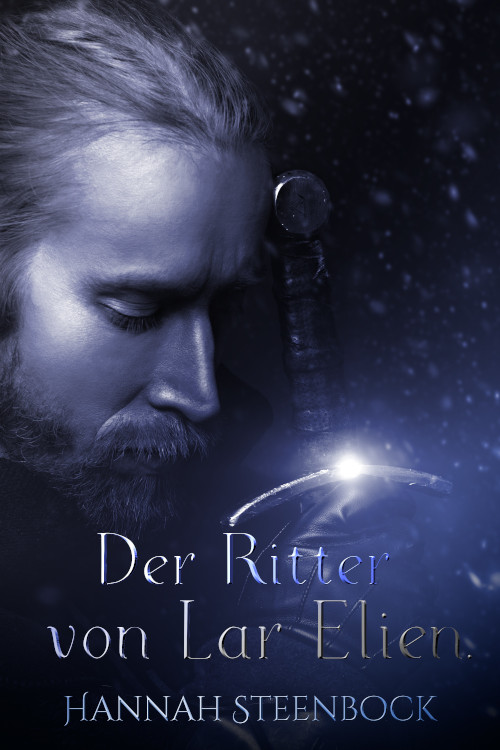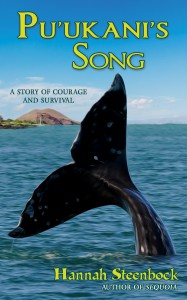
Beginning, Middle, End
Sorry for the long silence. I’ve been working on my other business … and that took a lot of time and energy. Even so, I’ve been overwhelmed with the great responses to my short story ebook, “Sequoia”. Thanks go to everyone who downloaded it when it was free, everyone who bought a copy, and most of all, everyone who commented on it, either on Amazon (8 reviews! Woohooo!), or in any other shape and form. You are wonderful!
What brought me back to blogging, however, is something that’s been on my mind for quite a while now: Some simple, clear cut, basic writing advice. After taking a closer look at self-published stuff out there, I have a feeling it’s needed. And I apologize ahead of this to all those self-publishers who practice their writing, who get an editor and who write great tales. You are the pearls of the trade.
So anyway. Today, I want to talk about something that sounds so simple it should be common sense. But obviously it isn’t. So here goes:
A story needs:
– a beginning
– a middle
– an end
Well, of course! But I’ve seen writers who either don’t know or simply ignore this basic fact of story telling.
So let’s start at the beginning: This is where we introduce our characters to the reader, this is also where the reader beginns to discover our world. A beginning should start off fast and draw the reader in – after all, we don’t want him or her dropping the book in favor of going online or taking a nap. So, make your beginning fast paced and stay away from pages of description. (Hint: You can always sneak description in with action, but make it interesting! No long clothes list, please. What characters wear is much less interesting than what they do.)
The beginning is also where you set up the main conflict or at least bring in the potential of it. Leave secondary conflicts for the middle. Right now, all we want to do is keep the reader interested – and reading!
The middle is where most of the action is (except for the ending, but we’ll get to that in a moment). This is where it gets complicated. This is also where any secondary conflicts arise and mingle with the main conflict. Here you can have a field day with your heroes and fling everything at them that you can think of. Just remember: You have to sort most of that in the ending. Even so, the middle takes up half of the novel, or even more. There are lots of theories on how the middle should be structured, you can check out the three (four, five)-act-structure and plenty of others. This will take me too far for today, though.
And finally, the ending. The ending is tricky. It needs to bring everything together that you offered in the beginning and the middle. It also needs to contain the climax of the story, that desperate moment when the heroes – and the reader! – believe all is lost. Often, that very moment ushers in the ending. And of course, then the ending needs to offer a solution or resolution (which may or may not include the death of some characters).
Many authors seem to forget about that. Here’s what one of them basically said about her ending (in the novel!), possibly because of a nagging feeling that something might be wrong:
“Well, this feels like a good place for a break. This novel is too long already, the story will go on in the next novel.”
Seriously. And it was in the middle of a story arc. It would actually have been better to end the story a chapter earlier … This is not how it works.
I can hear you muttering about a cliffhanger. And yes, cliffhangers happen and are likely to sell the next installment, but they can also backfire. More about that in a moment.
A story needs a real ending, a closing, an untangling of threads and some order. This alone gives a reader a good feeling upon closing the book. And bascially this is what we as authors should aim for: A good reading experience is what sells the next novel. Never forget that. Of course, you can leave an opening for a sequel. Just don’t make it a barn door.
Now, about that cliffhanger: It feels like cheating, at least to me. Basically, a cliffhanger blackmails the reader into buying the next book.”Get the next novel quick, or you’ll never find out if XYZ survives!”
People don’t like being blackmailed. They may buy the next installment, but there is an underlying feeling of resistance that can be damaging. It’s much better to convince a reader by fine storytelling and by giving him or her that feeling of being well entertained. Make them feel good after they have turned the final page. This will not only convince them to buy your next novel, but it will also make them recommend you to friends.
Which is what gets an author sales. Make sense?
What are your experiences with “beginning, middle and end”? Feel free to comment.
(Image source: Myself)







